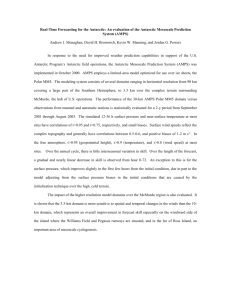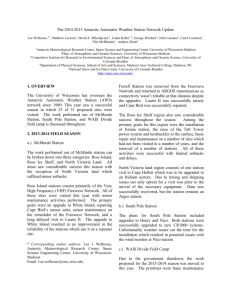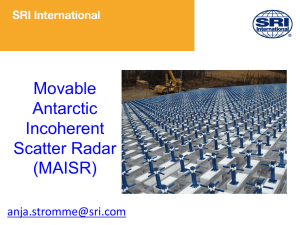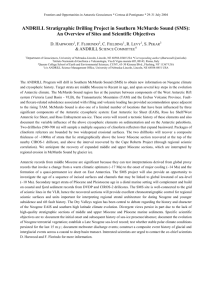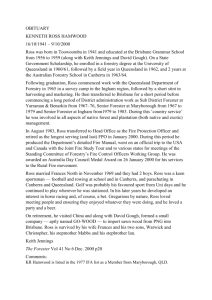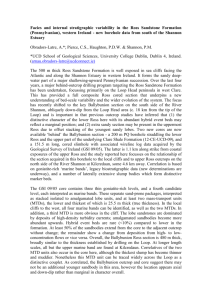A climatology of the McMurdo, Antarctica region based on the AMPS
advertisement
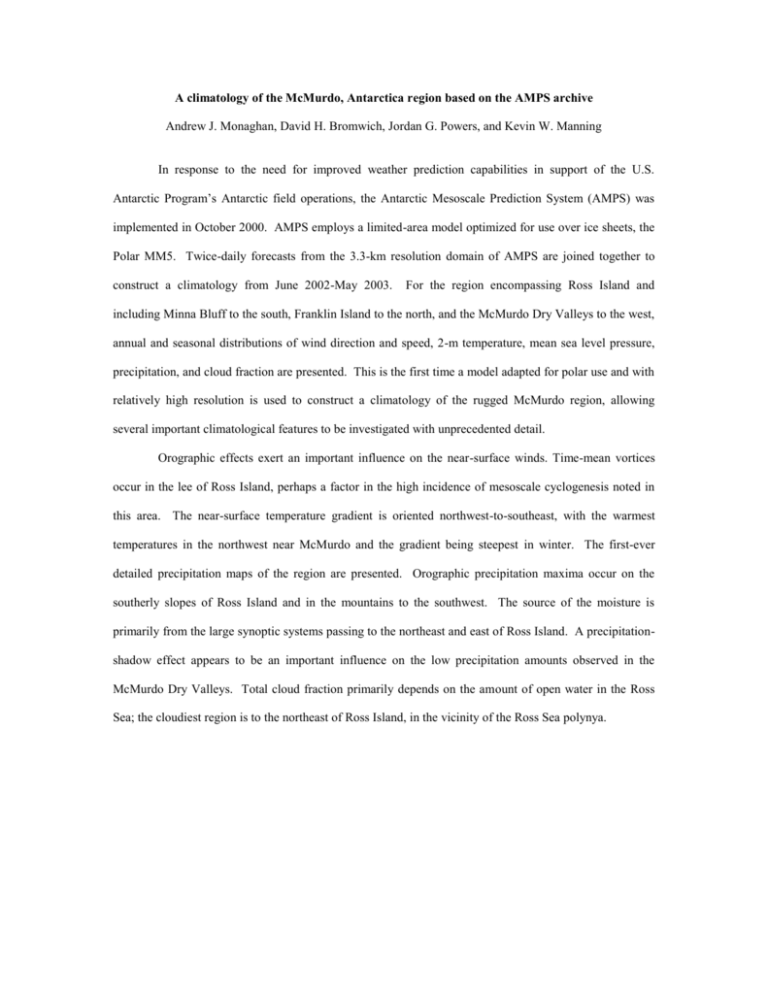
A climatology of the McMurdo, Antarctica region based on the AMPS archive Andrew J. Monaghan, David H. Bromwich, Jordan G. Powers, and Kevin W. Manning In response to the need for improved weather prediction capabilities in support of the U.S. Antarctic Program’s Antarctic field operations, the Antarctic Mesoscale Prediction System (AMPS) was implemented in October 2000. AMPS employs a limited-area model optimized for use over ice sheets, the Polar MM5. Twice-daily forecasts from the 3.3-km resolution domain of AMPS are joined together to construct a climatology from June 2002-May 2003. For the region encompassing Ross Island and including Minna Bluff to the south, Franklin Island to the north, and the McMurdo Dry Valleys to the west, annual and seasonal distributions of wind direction and speed, 2-m temperature, mean sea level pressure, precipitation, and cloud fraction are presented. This is the first time a model adapted for polar use and with relatively high resolution is used to construct a climatology of the rugged McMurdo region, allowing several important climatological features to be investigated with unprecedented detail. Orographic effects exert an important influence on the near-surface winds. Time-mean vortices occur in the lee of Ross Island, perhaps a factor in the high incidence of mesoscale cyclogenesis noted in this area. The near-surface temperature gradient is oriented northwest-to-southeast, with the warmest temperatures in the northwest near McMurdo and the gradient being steepest in winter. The first-ever detailed precipitation maps of the region are presented. Orographic precipitation maxima occur on the southerly slopes of Ross Island and in the mountains to the southwest. The source of the moisture is primarily from the large synoptic systems passing to the northeast and east of Ross Island. A precipitationshadow effect appears to be an important influence on the low precipitation amounts observed in the McMurdo Dry Valleys. Total cloud fraction primarily depends on the amount of open water in the Ross Sea; the cloudiest region is to the northeast of Ross Island, in the vicinity of the Ross Sea polynya.
